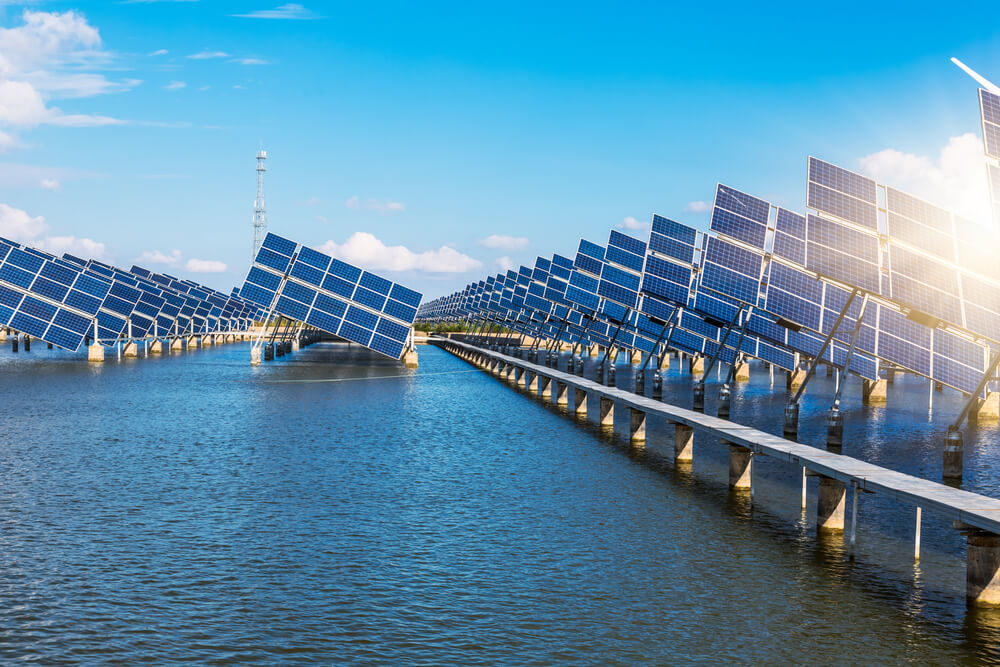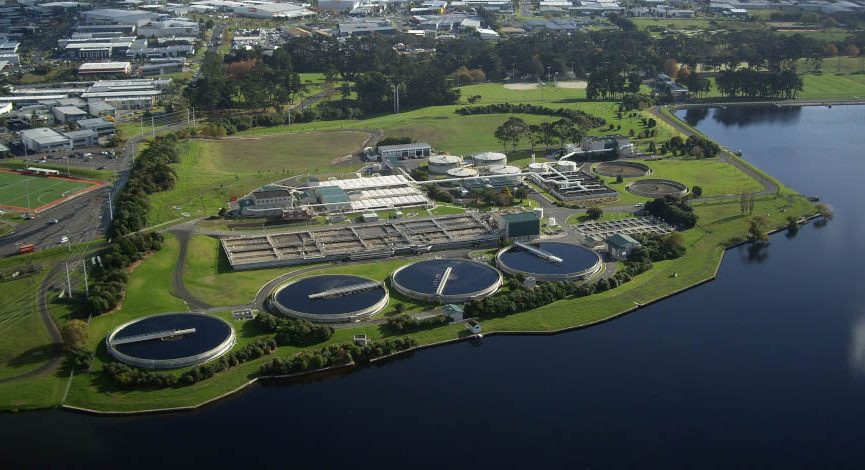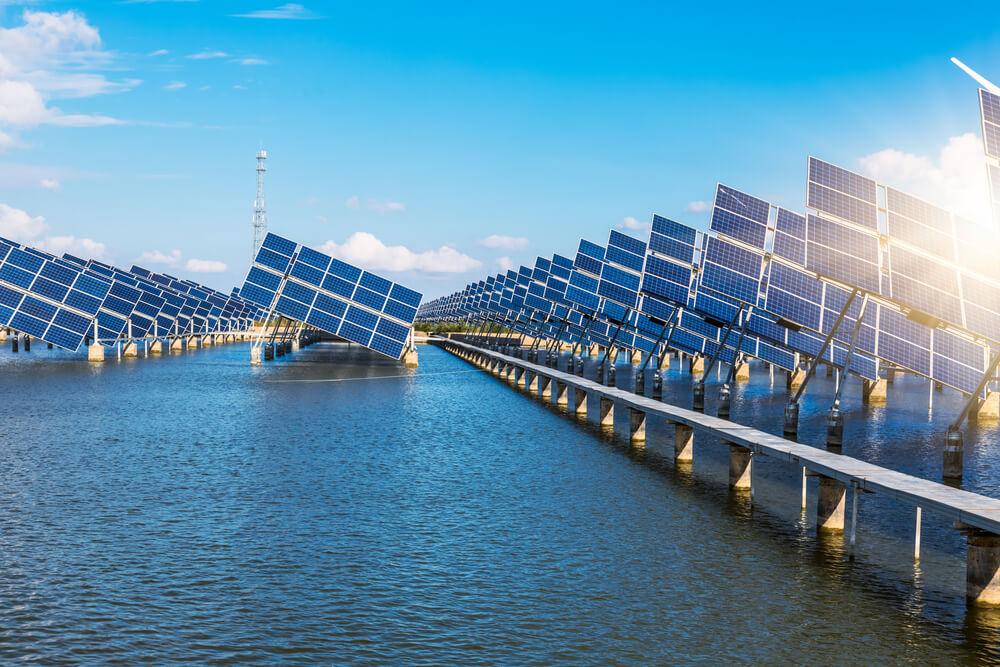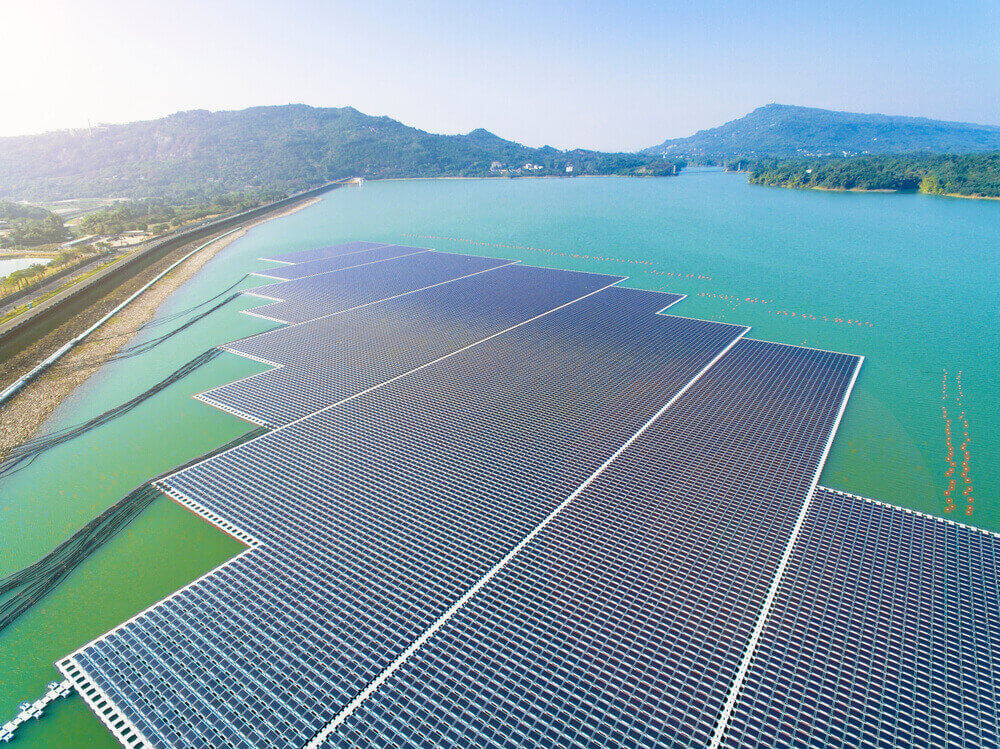Blog
2 in 1: the largest solar farm in New Zealand to be built on a wastewater treatment plant
New Zealand currently generates up to 80% of the country's electricity from renewable sources. A new, floating solar farm will join the hydroelectric, wind, and geothermal power plants.

Electricity producer Vector Group and water utility Watercare have joined forces to build the largest solar array in New Zealand. Not only it will be the very first floating solar array in the country, it also ranks first in terms of power generation since the solar farm will be the first megawatt-scale solar project.
Floating on the WWTP
Besides the farm's size and production capacity, it is also an innovative solution for combining two important ideas into one.
The project creators have decided to build the solar panels atop Rosedale wastewater treatment pond. The power plant will have 2,700 solar panels placed on 3,000 floating pontoons...

Solar farm built on the Rosedale wastewater treatment plant.
Retrieved from: nashconsulting.co.nz
The solar farm is connected to the WWTP not only for its location. The generated solar electricity will be used to supply electricity to the plant, supplementing the electricity from the grid as well as from the biogas.
Vector Group CEO Simon Mackanzie sees such combination primarily as a tool to achieve defined goals. “Vector PowerSmart’s capability to design and deliver this innovative system shows how new energy solutions are key to helping business reach their economic and environmental goals, and we’re proud to be working with Watercare to help it achieve both.”
Other benefits
The solar farm will be of a huge benefit. Not only for generating such amount of energy for Watercare which could supply power to 200 households a year. Thanks to the solar energy, the company will reduce its environmental footprint and will become more energy self-sufficient.
Watercare is aiming to reduce its energy consumption by 8 GWh by 2022 and to achieve full energy self-sufficiency by 2025.
An energy user of such extent as the wastewater treatment plant will definitely also appreciate the reduction of operational costs.
“Even larger systems are already common overseas and with reports out of Australia of costs as low as 4-5c per kWh, when that scale arrives here we’ll see solar’s real potential,“ says Simon Mackanzie.

According to Mackanzie, the solar energy could drop the energy prices on the wholesale market which is, compared to the price in Australia, almost double.
Progress
Even though the floating solar array sector is only in its infancy, the progress is evident which is also backed by the World Bank's Annual Report from October 2018.
According to the report, the global production reached 10 MWh at the end of 2014. Four years later, it increased to 1.1 GWh. The growing numbers can, naturally, are caused by the large producers, such as the solar farm in the Queen Elizabeth II Reservoir or the solar farm in China's Anhui.

Building of solar farms has potential in other parts of the world, too. Placement of photovoltaic panels on ponds, lakes, or industrial ponds seems to be a good choice, especially in countries facing limited space on the mainland or lack of land.
Solar energy is estimated to grow also in regions with high population density. Under certain circumstances, a floating farm can be built much closer to areas with higher electricity demand.
More articles
Comparison of wastewater sludge disposal methods: a guide to make the best decision
The sludge has to be dewatered, dried and reduced to the lowest volume. Keep reading and find out how the process works.
